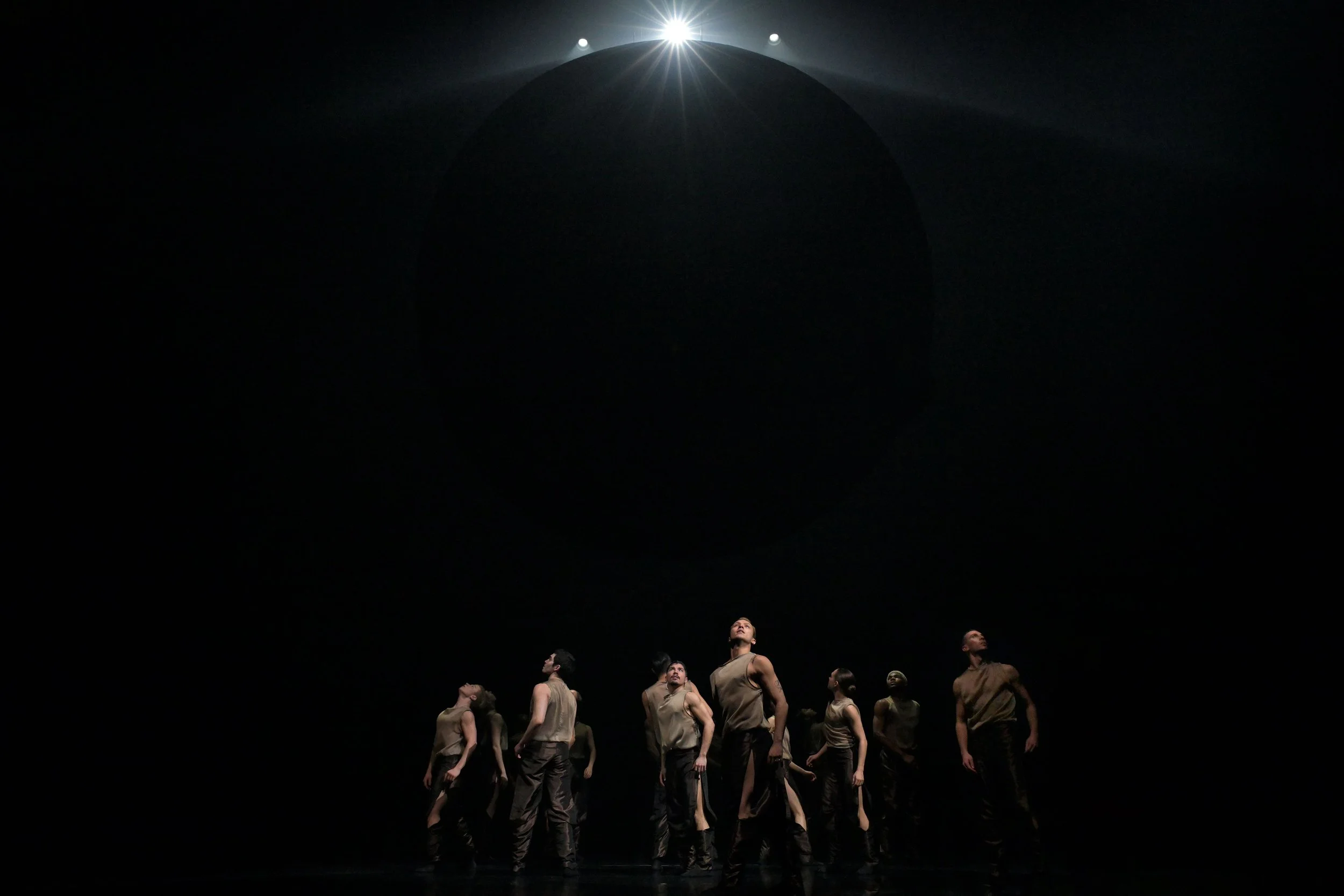Stir Q&A: Kinesis Dance somatheatro's Paras Terezakis talks about pollution, plastic, and Debris
Influences from a swim in the Aegean Sea to a trip to the Philippines put the environmental crisis top of mind
Photo by Paras Terezakis
Paras Terezakis
THE PANDEMIC has made us all question the environmental crisis around us, what we consume, and what we discard.
Those issues have been top of mind for Paras Terezakis, the artistic director of Kinesis Dance somatheatro who’s been working on a new piece called Debris as artist-in-residence at the Dance Centre.
Audiences will get a sneak peek at the work in progress and hear its artists discuss it at an online studio showing March 9 at 5 pm, with the video available to view until March 16; info is here.
In the collaborative work, Terezakis explores the theme of internal and external “debris” with five dancers: Alisha Davidson, Arash Khakpour, Eowynn Enquist, Juan Villegas, Matt Wyllie, and apprentice Jenna Berlyn.
Stir asked Terezakis, a Greek-Canadian veteran on the Vancouver scene who’s mused on themes from Sophocles and Utopia to conformity and male agression, about his new piece.
How have you been able to create physical intimacy between dancers amid pandemic social-distancing?
“I used the material that was created in Poland in 2018 when I visited Warsaw to conduct a workshop where we started researching the issue of plastic pollution—plus the material created when we invited Takako Matsuda to Vancouver in 2019. I took this pre-pandemic material and added a six-feet distance between the performers. Doing so, they found a new kind of intimacy, some sort of resonance with each other. And instead of focusing on the frustration this could have been for my dancers, we took up the challenge and came up with new material and altered our focus in the studio.”
Was there a specific moment or image where the scale of pollution on this planet hit you?
“My reflection on pollution started a long time ago. First, while noticing the multitude of cigarette butts on the beautiful beaches in Greece; then while swimming in the crystal-clear Aegean Sea I saw plastic bags disturbingly but fascinatingly wafting and rolling around with me in the water. Then later, following the terrible tsunami in Japan and learning of the amount of its debris collecting in the giant Pacific gyros—plastic and fragments of people’s lives travelling slowly across the ocean then how it eventually washed up onto our coastlines. Later when visiting the Philippines, I was again triggered by how our wasteful Western society sends our garbage on to others’ territories instead of handling it ourselves. From the micro plastics that enter our bodies through what we eat to the polluted air that we breathe, I continued to reflect on the pollution and toxicity we carry inside of us. From there, Debris was no longer only about plastic environmental pollution, but also about our psychological pollution—discrimination, racism, trauma, et cetera.”
What role can dance play in the climate and pollution crisis, and do you think it can help spur change?
“A global as well as local issue, climate change affects everyone, everywhere, and is an issue that must be explored by multiple voices. For the issue of climate change to be addressed, society needs to change and transition from a culture of consumer waste to a culture of stewardship. A shift of culture implies artists’ involvement. Art, not only dance, can make a difference: art brings awareness without being didactic. It teaches through your own experience. It appeals to your feelings. We can only hope that it might motivate change. As George Bernard Shaw said: ‘Progress is impossible without change, and those who cannot change their minds cannot change anything.’”
Often you build wildly visual physical worlds in your work. Does “debris” take any physical form in the piece?
“There are some plastic elements used in the piece that the dancers are playing with, like plastic bags, cups... I also have ideas for visual suggestions through video projections for the final piece.”
Medical masks: will dancers ever get used to them? Is it possible to fully express yourself wearing one?
“No. Masks are asphyxiating, they make things artificial and bounded. I don’t think we will, or should ever, get used to them. We cannot express ourselves with half of our face covered. It is a necessary temporary restriction, so we will do our best to work with it. Ironically, theatrical masks can be very effective in performance, but these common face coverings we use now are simply intrusive.”















